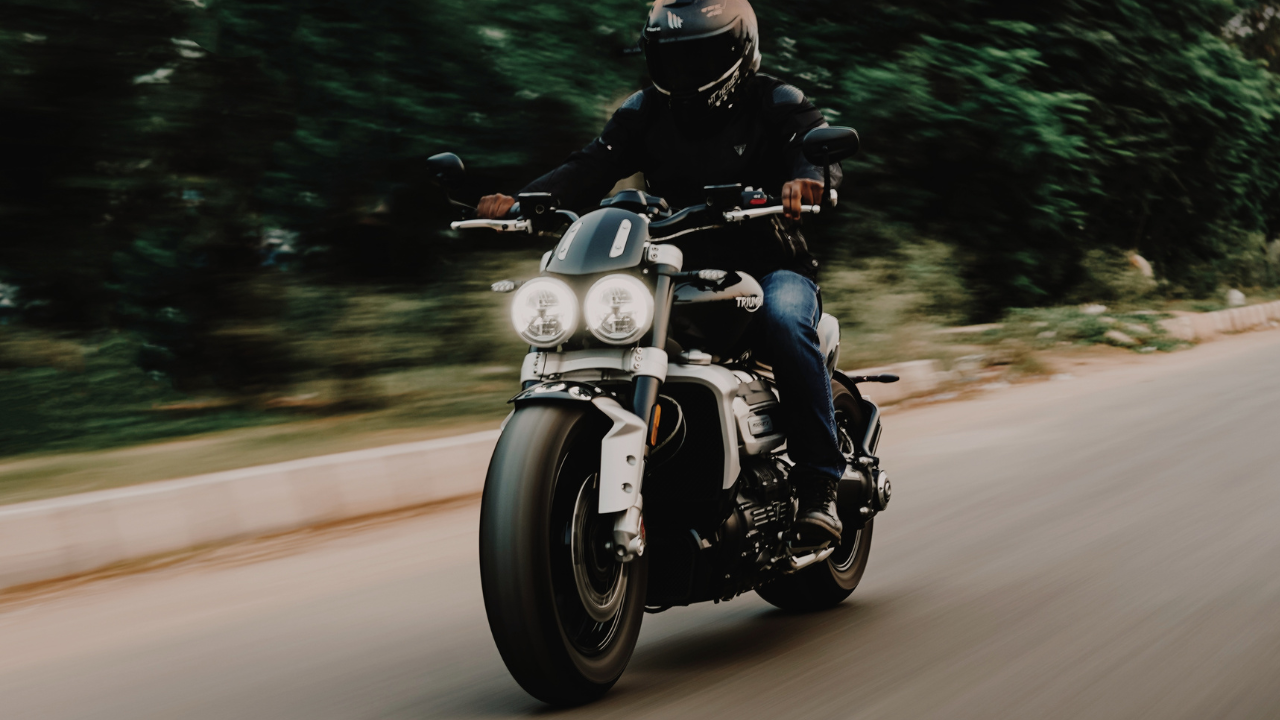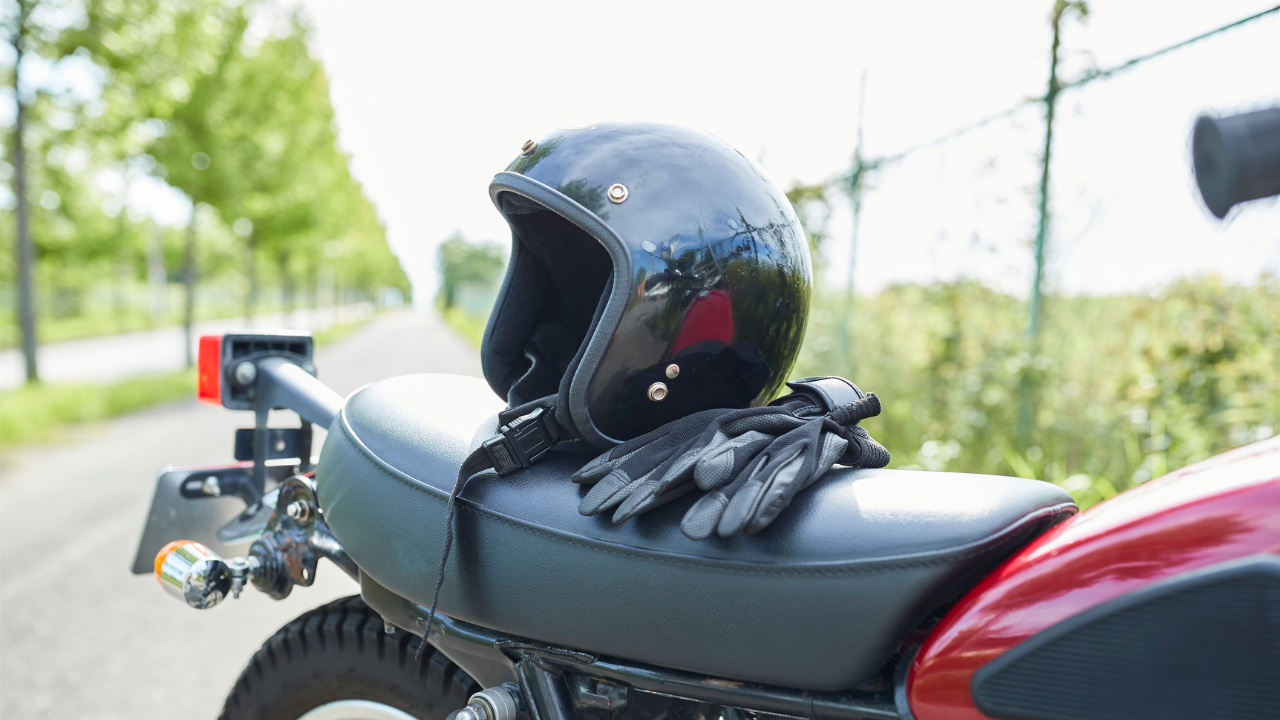For Riders: Smart Riding Starts Before You Start the Engine
1. Always Wear a Helmet
It’s not just a recommendation—it’s a lifesaver. According to the National Highway Traffic Safety Administration (NHTSA), helmets reduce the risk of death in a crash by 37% for motorcycle riders and 41% for motorcycle passengers.
Look for DOT-approved helmets and replace them after any impact or every five years.
2. Gear Up from Head to Toe
A helmet protects your brain, but the rest of your body needs backup too. Trauma teams often treat riders for severe skin abrasions—what we call “road rash”—as well as broken bones and burns.
Wear jackets with built-in armor, gloves, long pants, and over-the-ankle boots. Bright colors and reflective materials can also help you stand out in traffic, especially at dawn, dusk, or in poor weather.
3. Take a Safety Course—Even If You’ve Been Riding for Years
Confidence on a bike is great. Overconfidence? Not so much. Certified motorcycle safety courses teach techniques for braking, cornering, swerving, and defensive riding that even veteran riders can benefit from. Some insurance companies even offer discounts for completing one.
Ohio’s Motorcycle Ohio Program offers accessible rider courses throughout the state, including several options for Cincinnati motorcycle riders. They're designed for beginners and seasoned riders alike.
4. Do a Pre-Ride Safety Check
A quick check can save a life. Before each ride, inspect:
- Tires (pressure and wear)
- Brakes (front and rear)
- Headlights, brake lights, turn signals
- Mirrors
- Oil and fluid levels
A few minutes in the driveway beats hours in the emergency room.
5. Never Ride Under the Influence
This one should be obvious, but it’s still a leading cause of motorcycle crashes. Nationwide, in 2022, nearly one-third of fatal motorcycle accidents involve alcohol. Drugs, including some prescription medications, can slow reaction times and cloud judgment just as much.




